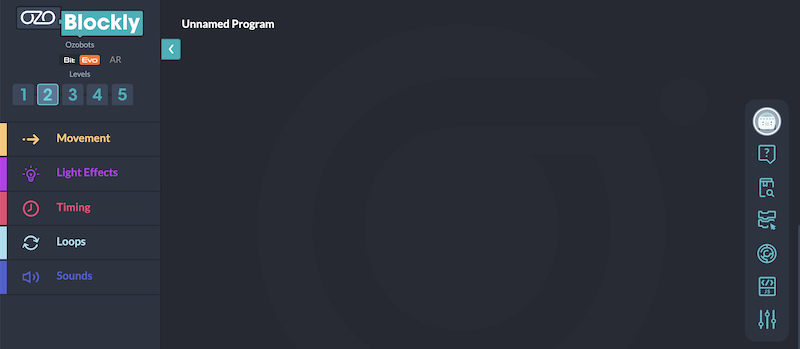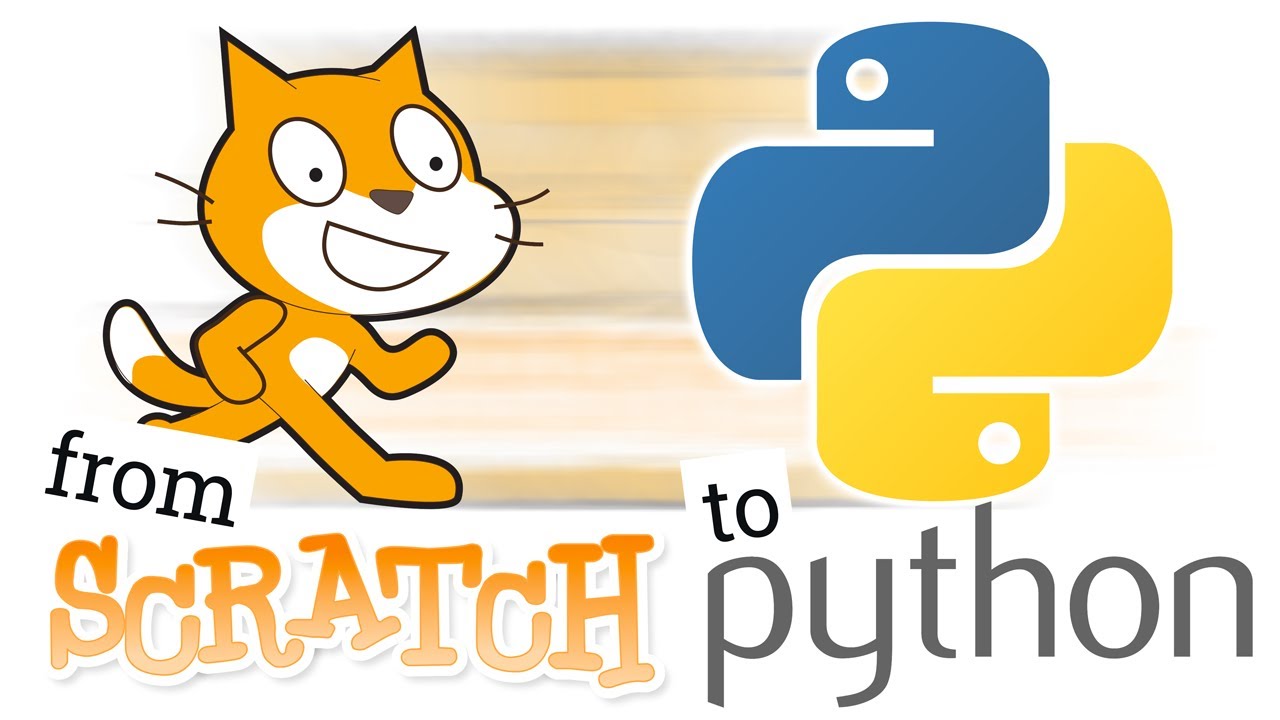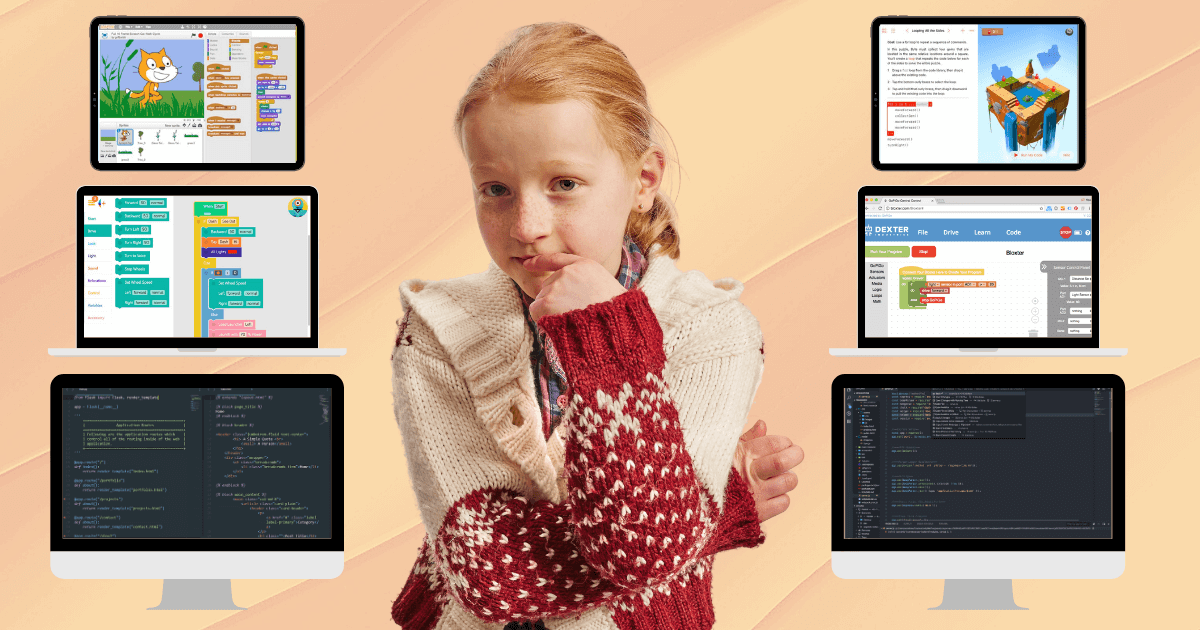Coding is a skill that will remain relevant and in-demand for a long time. That’s why education leaders have gone out of their way to introduce students to programming and computer science concepts beginning in early elementary school (or sooner). And, while computer code certainly can be pretty powerful, however, it doesn’t always need to be. Starting with languages designed to ease students into coding, they're often as effective as the ones they'd use in mastering the more challenging aspects. It just so happens that many of the best for helping students build a CS foundation early on are the icon-based or graphical block coding languages, block-text hybrids, and, eventually, full text coding. Whether you're looking to launch an Hour of Code or start a rigorous computer science program, here's how they can each add value.
Scratch Coding
The first on our list, Scratch is a programming language that both students and adults can learn a lot from. Designed primarily for kids between 8-16, Scratch offers an introduction to visual coding and, eventually, it incorporates greater complexity with new elements like variables and events. Within the Scratch platform, students use color-coded blocks that all have corresponding functions to build programs for controlling the actions of Scratch the cat, who is present on the screen. These Scratch coding lessons help kids express their thoughts, create animations, design games, and build interactive stories. Plus, they get to explore this and more while learning core concepts of coding and earning a Scratch coding certificate.
Blockly
Blockly is also a tried and true language for introducing new programmers to building code. Developed by the Google team, it's one other example of a visual language with a lot of similarities to Scratch. As the name implies, Blockly also involves coding with blocks that have specific functions and are often grouped by color. Typically, Blockly's simplicity makes it ideal for younger students (as early as 6 or 7) as their first coding language. Of all the beginner programming languages, Blockly is perhaps most commonly linked to STEM tools, including the Dash Robot, Ozobot Evo, and even the micro:bit. Its simplicity helps kids build confidence by linking blocks together to build programs they can immediately run.

Swift Coding
After students get some programming experience with one of the more basic coding languages, the Swift language is one next step. It is often easy getting started with Swift because they can simply download the Swift Playgrounds app and start programming. By progressing through challenges within the app, they'll begin learning key skills for building apps. They'll also receive real-time feedback while solving puzzles and use many similar techniques as app builders. Students don’t even need coding experience to start out and some of the physical tools they can use beyond the app are the DJI Tello EDU drone and the Root Robot.
Bloxter
Bloxter, as its name implies, is another block-based coding language for advancing programming skills. It works specifically with the GoPiGo Robot from Dexter Industries and gives students another option when it comes to practicing drag-and-drop programming. It’s graphical and based entirely on Blockly with built-in lessons for students to explore. Every lesson step helps students learn about a particular aspect of the robot and how their code affects it. Bloxter’s biggest value, however, comes in the unique things students can do with it, like programming their robot to take a picture or turning text into speech—some unique and worthwhile coding skills for them to have.

Python Coding
Now, we’re getting into the more complex coding languages and we’ll start with Python. Python is another text-based language and a starting point for trying out some more complex languages, namely JavaScript. Learning some of the coding skills associated with Python helps students prepare for developing games, apps, and web pages. When programming in Python, students must be precise and construct logical code layouts for their programs to work, ultimately gaining experience in solving variables, loops, functions, lists, and more. Some STEM tools for beginners practicing Python programming include the Edison Robot, the Finch 2.0, and the mBot-S from Makeblock.
JavaScript Coding
Finally, we have JavaScript—one of the most popular and powerful programming languages in the world. JavaScript is a text-based language as opposed to a graphical one, which many of those beginner coding languages are. This means students type the code, the variables, and all the parameters for their program rather than using supplied values. It’s best for students who have experience at coding in other languages and appropriate once they reach eighth grade. The language has many elements and students could learn new coding concepts, like arrays, loop tables, functions, and more. Finally, JavaScript-compatible coding tools include the Finch 2.0, Tello EDU, and the Phidgets kits.
Each of these programming languages has their own sets of unique academic and real-world benefits for students. Aside from teaching them the concrete skills needed for computer science careers, kids can also learn to think abstractly, break problems down into manageable chunks, and utilize computational thinking strategies. We encourage you to check out the tags below for more content on coding and CS education! And, as always, be sure to follow us on Twitter and Instagram for more.



